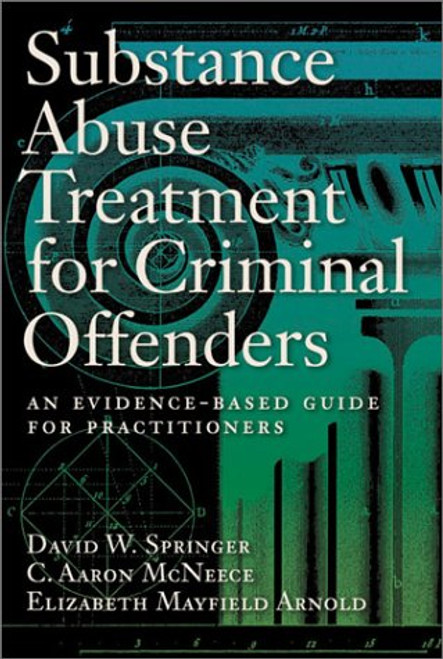This book is the first complete guide to implementing the Community Reinforcement Approach (CRA), an empirically based, highly effective cognitive-behavioral program for treating alcohol problems. An ideal program for any practitioner trying to reconcile the needs of their clients with mandates of HMOs and insurance providers, this approach has been deemed one of the most cost-effective treatments available by recent research. CRA acknowledges the powerful role of environmental contingencies in encouraging or discouraging drinking, and attempts to rearrange these contingencies so that a non-drinking lifestyle is more rewarding than a drinking one. Unique in its breadth, the approach utilizes social, recreational, familial, and vocational strategies to aid clients in the recovery process. This authoritative manual is a hands-on guide to applying these therapeutic procedures.
Opening with an account of the history of CRA and the empirical support for its efficacy, the book addresses the clinical concerns of those treating substance abusing clients. Specific instructions are provided for conducting detailed assessments of the client and interviewing concerned others. Sobriety sampling and disulfiram use within CRA are discussed in chapters of their own.
The authors then present a step-by-step guide to each component of the treatment plan, many of which have been shown to be effective forms of treatment in themselves. Topics include
* behavioral skills training
* social and recreational counseling
* marital therapy
* motivational enhancement
* job counseling
* relapse prevention
Each chapter provides detailed instructions for conducting a procedure, describes what difficulties to expect, and presents strategies for overcoming them. Sample dialogues between clients and therapists, annotated by the authors, further illuminate the treatment process. The book concludes with a chapter that both addresses the common mistakes made when implementing CRA, and emphasizes the flexibility and benefits of this total treatment plan.
An accessible and practical program, CRA can be implemented by all clinicians who treat alcohol abusing clients, regardless of orientation. Providing a cost-effective approach that is highly efficacious, Clinical Guide to Alcohol Treatment is an invaluable resource for the wide range of practitioners working in today's managed-care environment, including psychologists, psychiatrists, substance abuse counselors, and social workers.
Opening with an account of the history of CRA and the empirical support for its efficacy, the book addresses the clinical concerns of those treating substance abusing clients. Specific instructions are provided for conducting detailed assessments of the client and interviewing concerned others. Sobriety sampling and disulfiram use within CRA are discussed in chapters of their own.
The authors then present a step-by-step guide to each component of the treatment plan, many of which have been shown to be effective forms of treatment in themselves. Topics include
* behavioral skills training
* social and recreational counseling
* marital therapy
* motivational enhancement
* job counseling
* relapse prevention
Each chapter provides detailed instructions for conducting a procedure, describes what difficulties to expect, and presents strategies for overcoming them. Sample dialogues between clients and therapists, annotated by the authors, further illuminate the treatment process. The book concludes with a chapter that both addresses the common mistakes made when implementing CRA, and emphasizes the flexibility and benefits of this total treatment plan.
An accessible and practical program, CRA can be implemented by all clinicians who treat alcohol abusing clients, regardless of orientation. Providing a cost-effective approach that is highly efficacious, Clinical Guide to Alcohol Treatment is an invaluable resource for the wide range of practitioners working in today's managed-care environment, including psychologists, psychiatrists, substance abuse counselors, and social workers.







